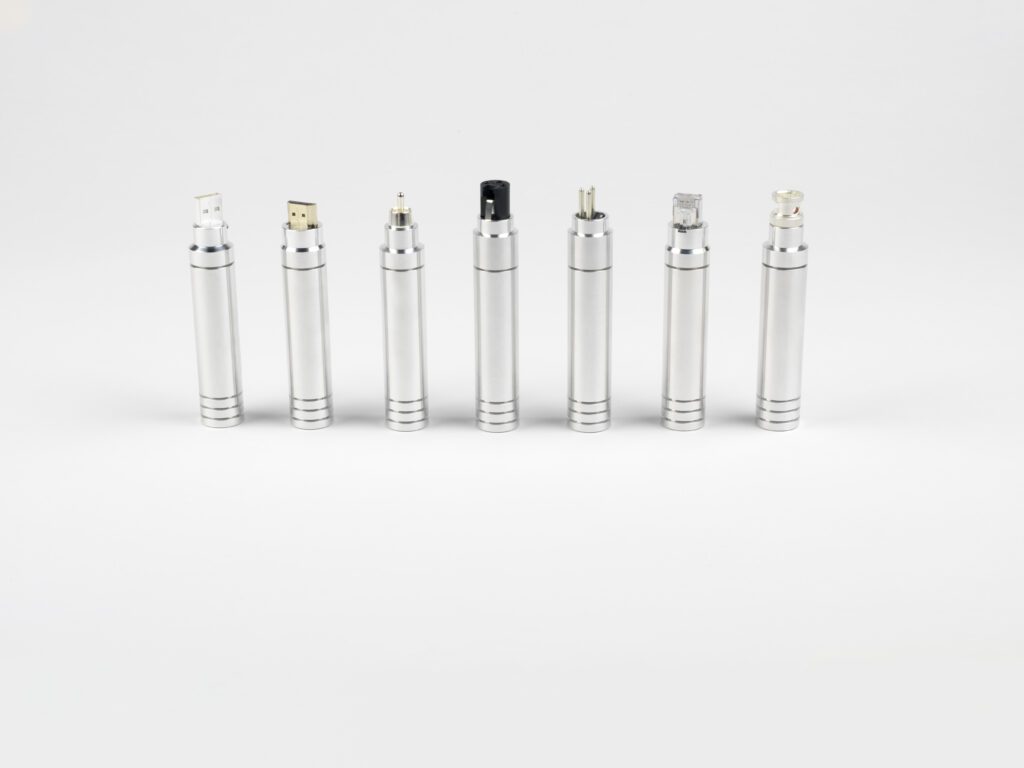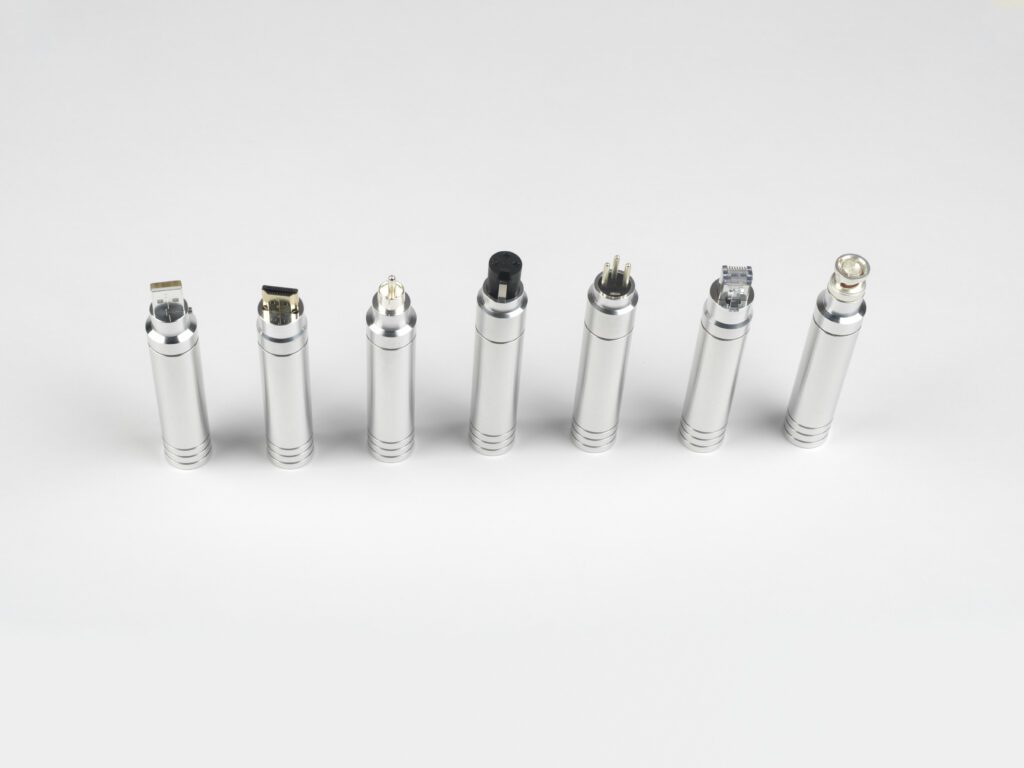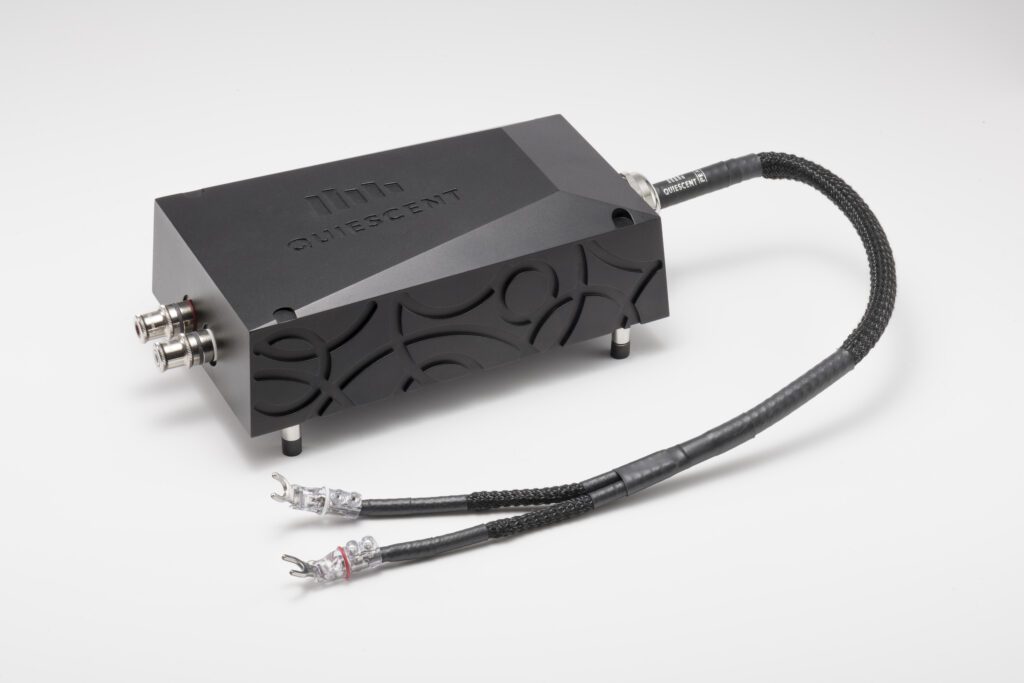Shunyata Research’s Everest 8000 energy distributor is ideally designed to work in lock-step with the corporate’s Omega XC energy twine. But we’ll save the pythonesque (as in ‘like a python’ and never ‘My hovercraft is stuffed with eels’) energy twine for a later date; the conquest of Everest is tough sufficient for one difficulty!
Shunyata Research’s designmeister basic Caelin Gabriel has a really explicit set of expertise. Skills he acquired over a really lengthy profession. Skills that make him a nightmare for noise. When Gabriel stopped designing [REDACTED] and [REDACTED] [REDACTED] for the [REDACTED], he turned his consideration to civilian life. His uniquely well-engineered merchandise turned seen by document producers (delivering cleaner energy to decrease noise, thereby making the recording extra exact and your music sound higher) and cardiologists (delivering clear energy to decrease noise, thereby making medical imaging extra exact and sufferers extra prone to survive). At the identical time, Shunyata Research was constructing a commanding repute as audio’s chief noise-buster.
Peak efficiency
As the identify suggests, the Everest 8000 is the height of Shunyata Research’s line. It’s a synthesis and distillation of all one of the best bits of what has gone earlier than. Sometimes, this implies including extra of the identical; for instance, there’s 3 times the quantity of the corporate’s patented QR/BB modules that act like an influence reservoir, in comparison with the already wonderful Denali 6000/T examined in difficulty 162. Others have been considerably improved, such because the CCI (Component to Component Isolation) combo of zoning and filtration, the monolithic development of the design, the usage of the corporate’s patented ArNi VTX ‘digital hole tube’ wiring all through (even within the bus connectors).
It’s very straightforward to get wrapped up within the expertise and patents, however they’re all directed towards two long-standing Shunyata Research targets. The first is a recognition is that quite a lot of what we take into consideration energy is incorrect; we predict these energy ‘nasties’ come from the miles of cable main as much as the system, however in reality, Shunyata Research argues the culprits are the system itself as every energy provide in your system generates its noise. By recognising that noise goes each methods and the extra vital method to deal with that is to restrict the air pollution of 1 energy provide on one other, Shunyata takes the highway much less travelled in audio, and the Everest 8000 is maybe the best proof of idea you’ll hear on the topic.
Instant energy
The different massive concern is to make sure there’s sufficient instantaneous AC energy on faucet for a system. This is an issue that plagues energy conditioners and distributors; sure, the sign is cleaner, and readability is improved consequently, but when it comes on the expense of the dynamic vary and rhythmic ‘bounce’ of a system, for a lot of it’s too massive a compromise. This is why many audiophiles eschew the advantages of an influence conditioner or distributor, even when the necessity is critical. In equity, it is a drawback that almost all energy firms are addressing.
Still, few have ‘nailed it’ like Shunyata Research; the corporate has developed its measurement protocol to check what it calls DTCD (Dynamic Transient Current Delivery) and applies the measurement system to the whole lot from plugs to entire units just like the Everest 8000. The internet result’s units that depart the dynamic vary solely uncompromised, however that will depend on the use case. When it involves the Everest 8000, that use case is the entire of audio! That could be overkill if you’re utilizing a relatively small system with comparatively small loudspeakers that don’t ship huge dynamic swings. Still, the Everest 8000 provides advantages over and above that to justify its use in high-performance metropolitan programs.
Why You Can’t Have Nice Things!
Shunyata Research’s Everest 8000 comes provided in a variety of energy connection choices, to swimsuit US, EU, UK, Asia and Australian plug programs. If you might be studying this from the US, the Everest 8000 features a determine of eight ‘Cable Cradles’ that every maintain a pair of energy cords in place. UK plugs are bigger than US ones, and such strain-relief holders aren’t obtainable right here. The sockets should be angled as a result of most UK plugs have pins at 90° to the cable.
And ‘it doesn’t swimsuit right-angled plugs for the fashion-conscious’ is the closest you’ll get to a criticism of the Shunyata Research Everest 8000. It’s a outstanding performer in so some ways, way more so than the clichéd ‘reduces the noise flooring’ epithet that’s utilized to each energy conditioner and distributor, ever. Yes, it does that, however it additionally provides the audio electronics permission to ship sound as supposed. Individual notes have a extra clearly outlined ‘house’ round them, each when it comes to dimensionality but additionally in assault, decay, and launch. You hear probably the most refined of reverb tails (whether or not utilized naturally, electronically, or digitally… and you may typically hear the distinction in small-scale recordings).
Further into the combination
So far, so ‘audiophile’. We love a little bit of extra ‘microdynamic shading’ and the power to achieve ever additional into the combination for added hard-to-find particulars. And if the Shunyata Research Everest 8000 did that and that alone, it could be deserving of excessive reward. But there’s extra. Stopping all these energy provides from clashing with each other makes them get out of the best way of the sound in some stunning methods. Bass traces aren’t simply cleaner. They are funkier and extra menacing when (and solely when) required. You hear extra of the physique of the instrument and the participant behind that instrument too. This creates a extra lithe and pure efficiency. Even when these devices are digital, you get extra sense of musical order and verve.
I’ve lengthy performed the get-out card with energy conditioners and distributors; I reside in London! Houses polluting the mains and radio frequency environments encompass me. Your Mileage May Vary. But no such weasel phrases are wanted with the Shunyata Research Everest 8000 energy distributor. It makes your system sound higher irrespective of the system and no matter the place you reside. It’s a game-raiser and a game-changer in a single. To quote a tagline from a widely known UK provider of double-glazed home windows “Fit one of the best: Everest!”
Technical specs
- Type energy distributor
- Maximum Continuous Current 30A (US), 16A (UK, EU)
- Maximum Current/Outlet 20A (US), 16A (UK, EU)
- Maximum Transient Protection 40,000A @ 8/50µs
- Isolation Zones 6 (throughout eight sockets for US/EU, seven for UK)
- Power Inlet IEC C19R
- Dimensions (W×H×D) 20 × 53 × 37cm
- Weight 16kg
- Price £9,950
Manufacturer
Shunyata Research Inc.
UK Distributor
Boyer Audio
+44(0) 330 223 3769
The publish Shunyata Research Everest 8000 appeared first on Hi-Fi+.








